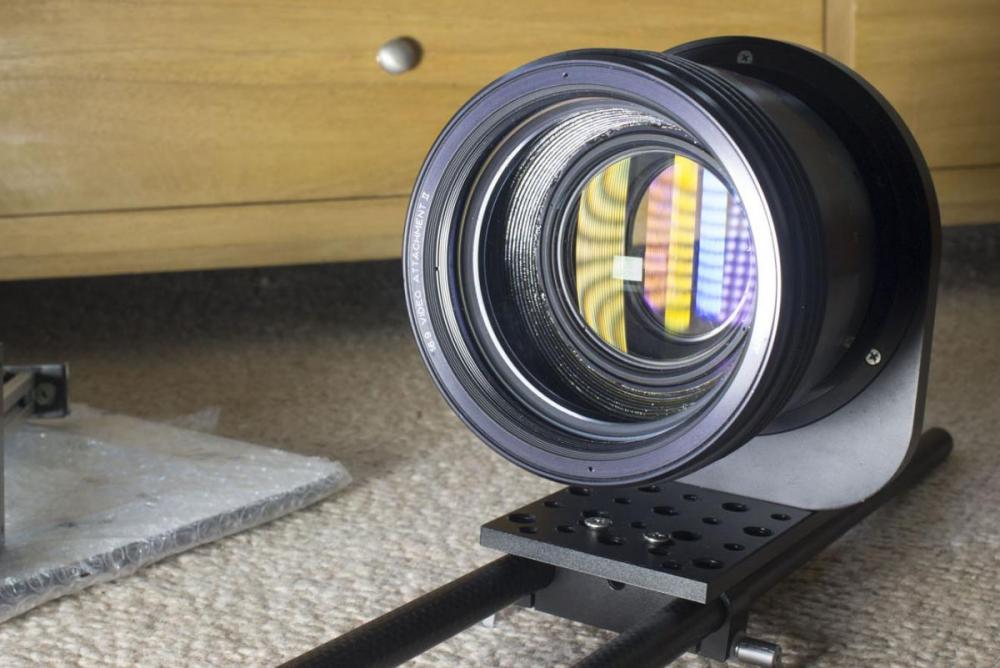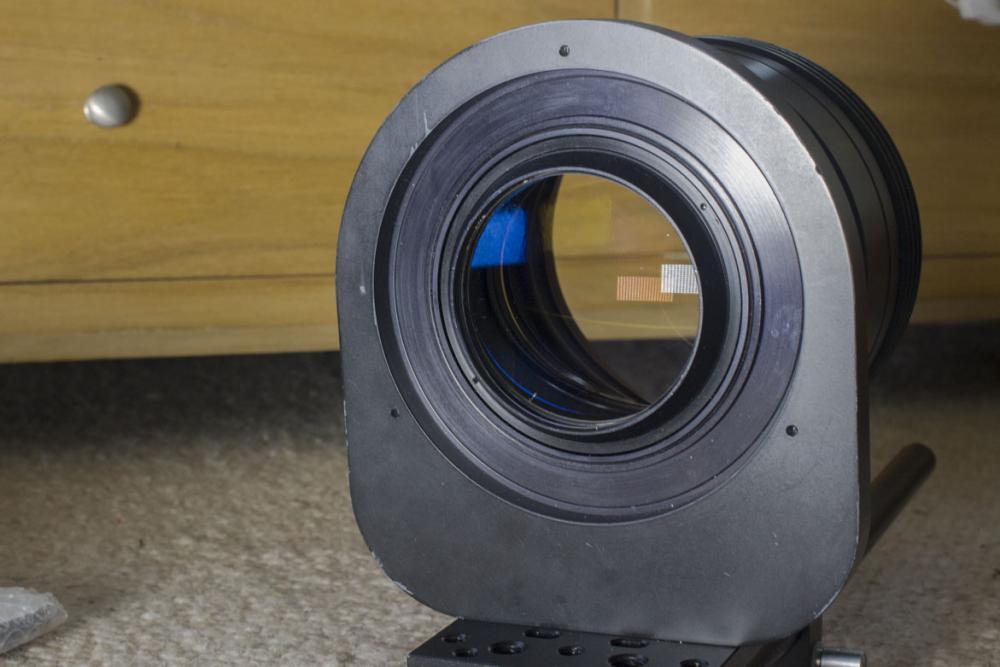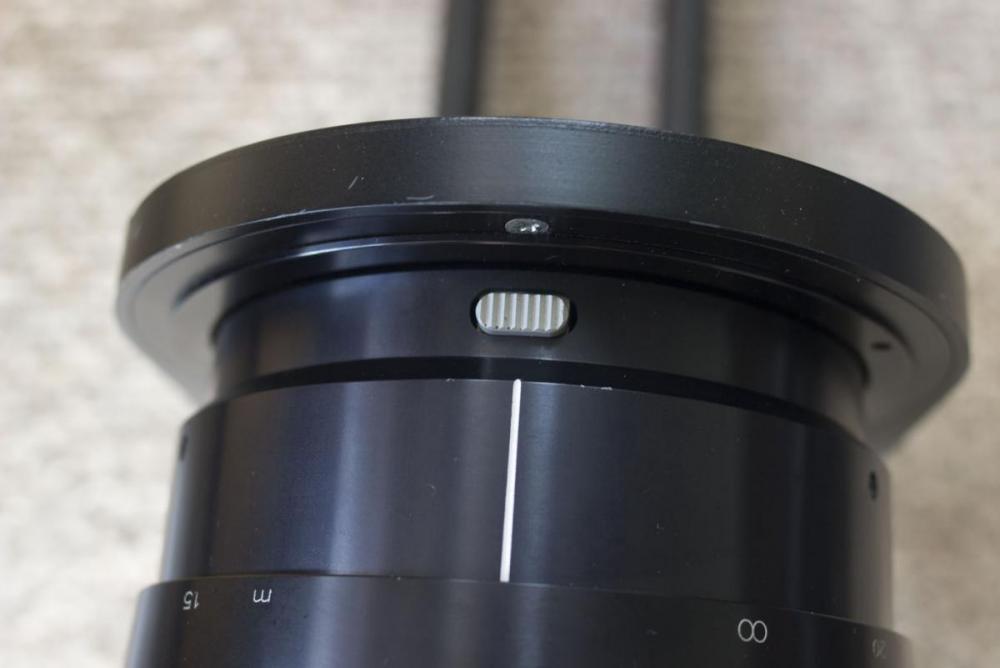-
Posts
1,831 -
Joined
-
Last visited
Content Type
Profiles
Forums
Articles
Everything posted by jgharding
-
What about this second hand? Tokina 12-24 f4 http://www.ebay.co.uk/itm/Tokina-AF-12-24mm-f-4-AT-X-Pro-DX-II-Lens-EXCELLENT-for-Canon-EOS-EF-DIGITAL-/161303115544?pt=Camera_Lenses&hash=item258e6a3718
-
Is this right for you? http://www.amazon.co.uk/SAMYANG-14mm-wide-angle-Lens/dp/B004SH6OSI TBH I think the Tokina price is very good, worth the extra. http://www.amazon.co.uk/Tokina-AT-X-11-16mm-F2-8-Lens/dp/B0014Z3XMC This is even wider, but still not cheap. Actually it's quite a bit more expensive. http://www.amazon.co.uk/Sigma-8-16mm-f4-5-5-6-Canon-Digital/dp/B003G20AAE The Tokina is a bit of a modern classic.
-
I loved this, looks absolutely brilliant! Did you shoot it raw or ProRes, may I ask?
-
Two important things: Tick render at maximum bit depth and maximum render quality boxes on render either way, or you won't get the benefit. I'd work at 4K and just render at 1080 with above settings ticked, unles you really need to do a lot of reframing. It'll be 50% scale too, not 25%, 1080 is half the size of UHD in both directions
-

Panasonic GH4 user films, tests, reviews and opinions
jgharding replied to Andrew - EOSHD's topic in Cameras
Very beautiful images, the golden hour is the ultimate gaffer grip and spark! Only thing that broke the atmosphere for a moment: that moire on the fence at about 10 seconds is rather annoying as it appears on third-line where my eyes fall naturally! You could always track a desaturation mask here or slight blur. It seems moire is one to look out for with 96fps... -

How to cure banding in DSLR footage (and GH4 4K holds the key...)
jgharding replied to Andrew - EOSHD's topic in Cameras
P.S. I switched from Avid to Premiere. Find another programme that takes everything natively, non-destructively round-trips to high-end grading software (SpeedgradeCC) with no rendering, sends through to Audition, and renders After Effects in the timeline... then I'll switch. But since that doesn't exist, you can't ;) Plus using it really pisses off old-schoolers who still think it's a toy, which is satisfying! -

How to cure banding in DSLR footage (and GH4 4K holds the key...)
jgharding replied to Andrew - EOSHD's topic in Cameras
Some 1:1 bits of 1080p clips made from a GH4 4K. test clip dowscaled to 1080p on export. The original clip comes from the other thread, and was heavily banded on purpose. We can safely say working at 4K but exporting at 1080 is good! Transcoding to 1080p at the start is just shooting yourself in the balls, but less sensible. -
At least there's a trend of having HDMI outs at higher rates than in camera. That gives us the option, which is nice. BMD cams may not be perfect, but they will gradually force the hand of the industry, which is also nice.
-
As a result of all this testing I'm not sure of which B-cam... Blackmagic pocket or GH4? I enjoy grading the Blackmagic more, but GH4 is a more finished product, and adds high-speed (with moire) and 4K. I'd mainly 4K for reframing more than delivery. Then again raw DNG could be a lifesaver in some circumstances
- 104 replies
-
- grading
- colour correction
-
(and 1 more)
Tagged with:
-
Thanks for the rushes elkanah77 Yes after playing with these I've got some results I'm happy with, it's a great camera. After using plenty of footage two GH4 caveats are: 1. the white clipping is hideous and hard, avoid the top of the histogram or suffer. 2. anything near the very bottom of your level, pedestal or otherwise can be hard to recover. go too high and you'll bake in flatness, so balance it well. It's a balancing act like all DSLRs. In general though, the most successful images have a relatively low contrast in the scene, it's better to add in a bit than take some out. Here's a little test I did with one of the graveyard rushes, I was happy with it. Password is test It seems to me like the camera requires very careful treatment when exposing and in post to get the best. Practice makes perfect... After plenty of practice I'd be happy to use it, but taking great care as to where I placed my midtones, and to reduce any highlights in the scene in real life if possible. Contrast reducing glass filters may be useful I wish they had a Panasonic LOG profile
- 104 replies
-
- grading
- colour correction
-
(and 1 more)
Tagged with:
-
This source image is pretty hardcore, since the banding has been exaggerated on purpose, but I'm up for a challenge. Here I've used Neat Video in 32bit and some 4K grain, then exported at 2K. It's a high bit-depth TIFF. Obviously if you go to H264, banding appears again. Ignore the google drive preview, it will look hideous. https://dl.dropboxusercontent.com/u/9922139/Debanding%204k%20to%202K_00000.tif This really minimises banding. If this were a more real-world test, as opposed to fixing xomething that has been sabotaged for test purposes, the banding wouldn't be as extreme, and the result would be even cleaner. My film grain made the borders go grey, sorry bout that ;) Life's too short to transcode, downsample blah blah... you don't gain anything. Work at 4K in 32bit all the way, then just export at 2K or 1080p max bitdepth, The result will be great, and you'll get to sleep at night ;) You can't add what isn't there to the source, but you can treat the source well at every stage and get a great result, while 8-bit still haunts this end of the market.
-
Iscorama 54/Video Attachment 2 1.33x anamorphic + custom fixture Hi all, Rather than go to eBay, where fees for both sale and PayPal will be very high, I’d like to see this go to other film makers here and do us both a favour. I'm not getting enough use from it to justify keeping it. As you can see I’m a regular poster and moderator, if you’d like any reassurances feel free to message me for more details. Ideally I’d like to make about £2500 but am open to sensible negotiation This is the last version of the 54 produced, a rather uncommon 1.33x stretch, with custom mount including push-button alignment system and 15mm rail attachment. Pictured carbon-fibre rods not included. A rare practical Iscorama 54! There's a tiny mark on the huge front element, a couple of mm and nothing noticeable. Like most 54s the focus is relatively stiff, it seems to be their hallmark.
-
A bit more exposure in the source would have helped a lot here, for this kind of shot take it right up to the top. The banding is in the darker parts, record it brighter and pull it down after...
-
Sometimes raising the shutter speed helps: If you're going to rotoscope or remove a greenscreen, or you're generally capturing a video element for compositing If you wish to emphasise the violence of movement, such as in a fight scene or a chase, or for slow motion In both these examples, the less blurry, more distinct images can assist you. In general though, 180 degrees is good
-
They look very nice! Would you mind direct messaging me a link to some rushes please, with an idea of your settings? Of course, I won't be offended if not. I just like trying footage from different shooters to see if I can 'get' the camera.
- 104 replies
-
- grading
- colour correction
-
(and 1 more)
Tagged with:
-
I've still not seen this film. Perhaps the video at the top just goes a little too far down the rabbit hole?
-
Yes your resolution comment is borne out many times over. I actually use 1.0 of fast blur on portraits with C100 and C300 footage often as it's so sharp! For landscape, I'll actually sharpen it. Remember though, the external recordfer can help. I have a C300/Pix 240i project here with green screen. I'm glad we got ProRes.
-
Of course, pan quickly in focus with a load of detail and bitrate really starts to matter more. There are loads of "internal AVCHD vs Ninja ProRes HQ" tests for Canon C100 online that are useless, cos they're just still shots of relatively static subjects. In that situation, AVCHD will be fine, even with some grading, especially such a good implementation. Under stress, bitrate becomes more and more important: so quick movement, moving detail, noise (also a form of moving detail) Since bitrate is a measure over time, movement stresses it and is directly linked to it, as is complexity and detail in movement but not complexity and detail that's still so much. Still detail is more affected by how the image is captured, scaled, debayered (or otherwise) and chroma sub-sampled (4:2:0, 4:2:2 etc). The exception being high ISO, where the noise (moving detail) affects resolution dramatically with lower bitrates. All the bits run out trying to keep track of the noise, and you run out of em. For this reason, turning off noise reduction completely with compressed footage in very low light can sometimes be detrimental to the final image. YMMV, proceed with caution etc... On the C100, I sometimes use about 2 on the NR scale when recording internally. It gives the poor low bitrate a break! Back to sub-sampling, do the C100 AVCHD vs Ninja test with a load of red patterned cloth and you'll have a mess in internal AVCHD, less messy in the Ninja, but never full 1080, because that's just what sub-sampling does. It's a bitch. Do it in low light with high ISO (about 10,000 or more for that camera) and you'll see something pretty horrible in the first shot. A sort of red low-resolution dancing mush. That explains what AVCHD compression can do to (IMHO) the best HD feed available in a low-price camcorder. The bit-rate and sub-sampling together conspire to give your image a kicking in certain situations. Your bit depth is your number of different colour shades. So more bits equals a more natural and rich result possible from the off. You can do a lot in the grade though with 8-bit, if you know your stuff, but more bits is nicer. Arguably bit depth is the least important, simply because we're pretty forgiving of it in our visual systems without realising, and because all good post software pushes data around in a floating-point 32-bit space, where interim shades are generated to fill the gaps. That said, who would turn down a higher bit depth source? You'd have to be bananas.
-
I've been swapping files with user varicam in messaging here, including filesat +15 pedestal with lots of different settings, with lifted shadows and so on, but it's still very chunky down there, so I don't think it's a data allocation thing, it just seems very.. contrasty for want of a better phrase, and I can't seem to nail a variety of looks, beyond that lifted curve look you describe... I've still not got it hands on
-
Programming colour matrcies on Canon C100/300/500 you can actually dial back the red without killing the rest of it. As stock they are a bit silly in the red channel. Programme them a bit and you get closer to Alexa tones. From a grading perspective, GH4 skin seems good, as does all the stuff in the middle. I struggle with lifting the black details out, and how hard the white and black clipping are. That kind of washy look with no black, bent curves, that I can achieve. Where it's failing at the moment is lifting shadowed areas and actually finding something there. I remember being able to get this detail out with hacked GH2, so I hope it's a matter of people nailing the perfect settings.
-
Editing using low quality copies, then replacing these 'proxies' with the high quality originals at the end.
-
Oh wait, it has a faster lens AND 100fps at 720? OK maybe I will buy it!!! The lens still works out as a 24 - 70 f5ish to f8ish so it wont be the best for shallow DOF but I think it'll be a usefull tool. Except in low light, where you'll need to push the ISO pretty high. And then it gets really noisy... Oh now I remember why I sold the mark one. God dammit.





